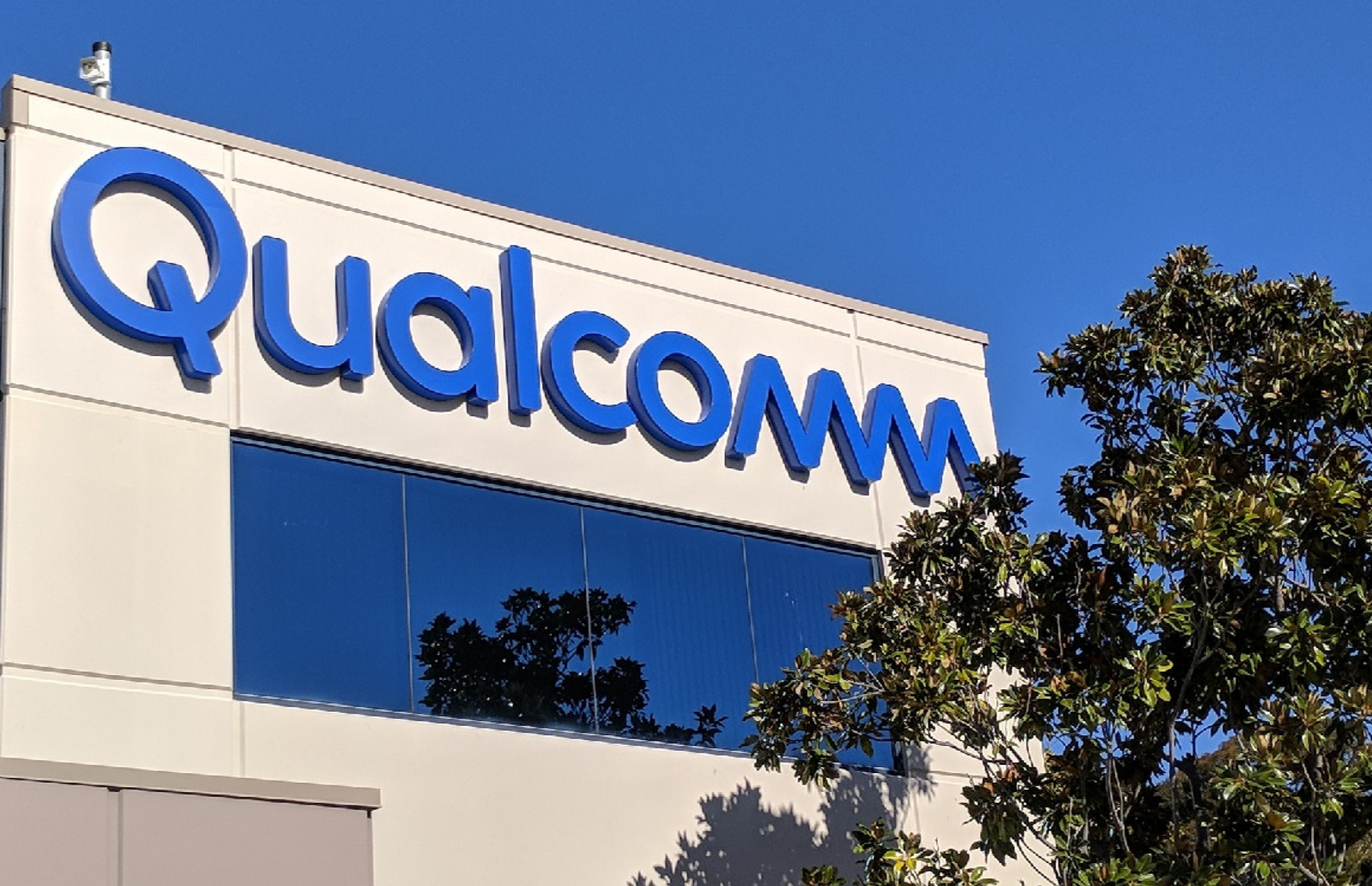Technology giant sees the automotive industry as one of its main markets


By George Guimarães | Translated by Jorge Meditsch
Just one week ago, the North American giant Qualcomm Technologies purchased Autotalks, an Israeli semiconductor and integrated systems company.
More than an incorporation or fusion in the always dynamic and unquiet world of technology companies, the deal confirms Qualcomm’s disposition to make the automotive industry one of its main markets.
Supplying these components to the universe of systems and equipment used in automobiles, trucks and agriculture machinery still represents less than 10% of Qualcomm’s US$ 44 billion revenue.
This participation should increase greatly with the evolution of electric mobility and the demand for connectivity by users or vehicles, their manufacturers and public infrastructure.
“I do not doubt that, in the future, the automotive industry will be the main segment for our technologies, if not the largest”, said José Palazzi, Qualcomm’s sales director in Brazil.
The executive mentions safety, manufacturers’ services – such as concierge, diagnose, predictive maintenance, etc. – entertainment and autonomous drive and the main areas for Qualcomm’s chips and equipment for the sector growth.
The purchase of Autotalks is connected to all these pillars. Since its creation in 2009, the Israeli company has been working in V2X communication – from vehicle to everything – with other automobiles, infrastructure and companies.
V2X communication is one of Qualcomm’s major arteries to intensify its role in the automotive industry. It will contribute to intelligent mobility, traffic improvement, comfort and safety for vehicles, transport users, pedestrians, bicycle riders and all street and roads environment.
Technologies developed by Autotalks will be incorporated into the Snapdragon Digital Chassis platform portfolio, already offered by Qualcomm.
According to Palazzi, the incorporation of multioperation in a single platform is a tendency that should grow in the next years.
With more density and the same size – or smaller – microprocessors can perform increasingly more functions.
A single one can have both a function in drive assistance systems and an entertainment device. These functions used to demand more than one chip, more space and more materials to produce these components.
“And, naturally, higher costs”, emphasizes Palazzi. Therefore, the executive believes that the number of chips will not necessarily grow in the next generations of vehicles – even in fully autonomous products. It may even decrease.
“In the past, each vehicle door had a module to command window opening. Nowadays, all are included in a single one inside the dashboard”, he points out.
Responsible for sales, Palazzi assures the chips and semiconductors industry has already overcome the logistics problems and the lack of supplying capacity that hindered the production of many sectors over the last two years, such as the automotive industry.
“Our current production is already enough to meet all automotive sector’s demand in the second semester”, he asserted.
Photo: Qualcomm
Vendas do Transit e versões de trabalho da Ranger cresceram 50% na região no primeiro…
Sinmgra informa que medida tem duração de 2 meses e 8 dias, atingindo pelo menos…
Pontos da marca sueca cobrem as cinco regiões do Brasil
Cerimônia será na terça-feira, 22, as 11h, no São Paulo Expo
Ministro não especificou data, mas acenou com a possibilidade de acontecer em breve ao citar…
Exposição acontecerá de 22 a 30 de novembro. Já estão confirmadas 16 marcas.